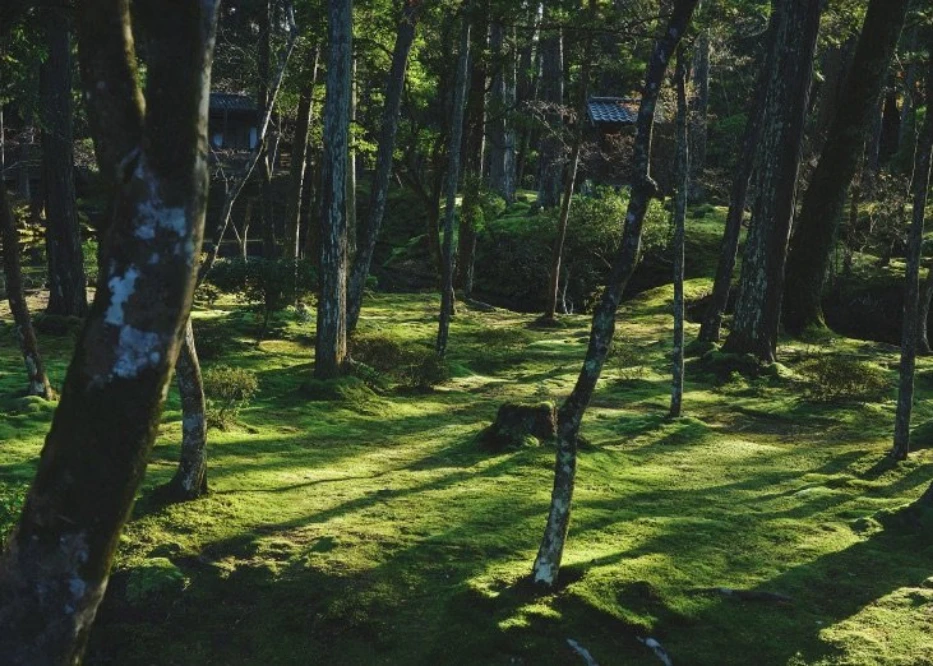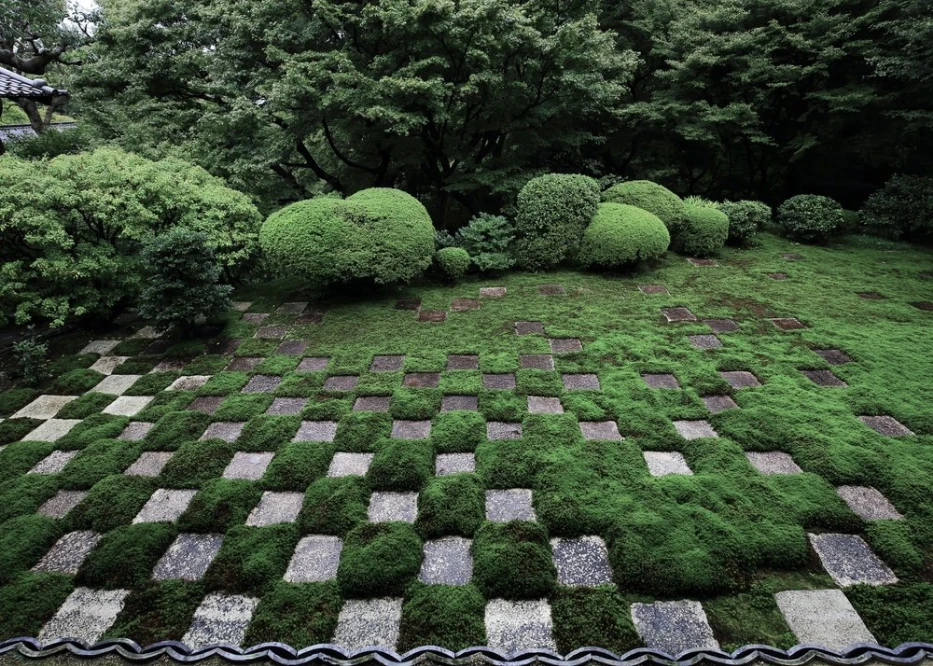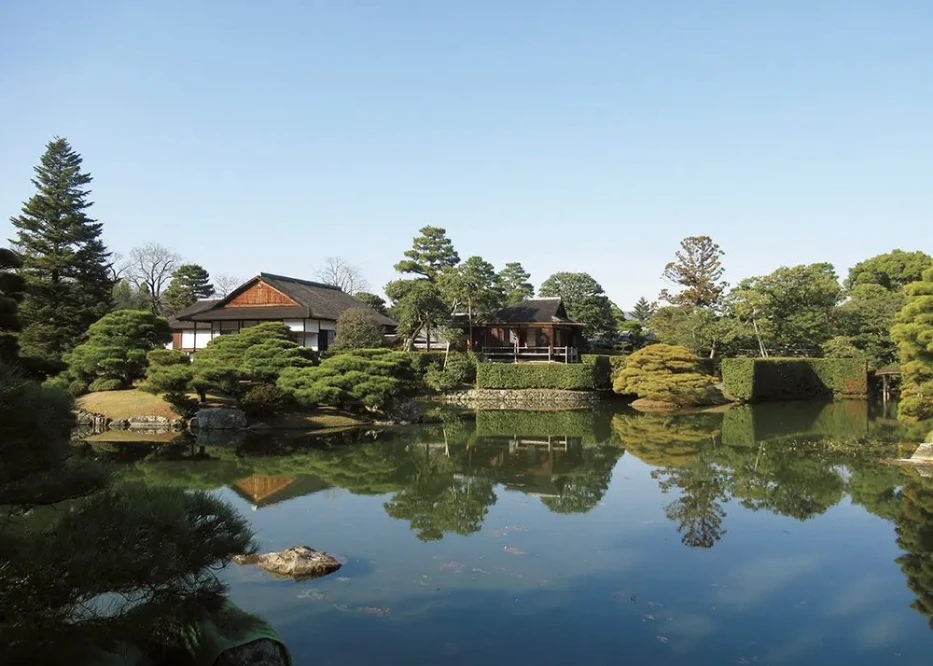During the heart of the pandemic, I penned an article about the ‘5 Beautiful Boutique Inns in Kyoto’—a nostalgic endeavor fueled by the yearning to revisit and a hopeful beacon for those patiently awaiting Japan’s borders to reopen.
Since then, I have seen a surge in upcoming travel plans from friends and admirers. Raised in Kyoto, my deep appreciation for Japanese gardens, embodying a microcosm of aesthetic wonders, has only intensified. These serene spaces, where architecture harmonises with nature, echo the symbiosis our ancestors crafted between shelter and the natural world.
In this journal, we unveil five captivating gardens in and around Kyoto, each a testament to Japan’s timeless aesthetic. Pre-planning is key, as many of these havens demand reservations for entry.

1. Saiho-Ji
Dating back 1,300 years, Saiho-ji, affectionately called the ‘Moss Temple,’ served as a design inspiration for samurais crafting future marvels like Kinkaku-ji and Ginkaku-ji. The master landscape gardener curated a heavenly realm with meticulously chosen rocks and a diverse assembly of 120 moss species. Mindful of moss’s vulnerability to climate change, two dedicated gardeners work tirelessly, ensuring the garden thrives for another millennium.
2. Ruriko-In
Nestled in the Yase valley at the foot of Mt. Hiei, Ruriko-in is renowned for its panoramic view, featuring lush maple leaves casting reflections on its polished interiors. The main garden, inspired by the Pure Land, bathes in an ethereal azure hue. A few times each year, morning dews on moss carpets catch the sun’s rays, illuminating the scene in the color Ruri—Japanese for Lapis Lazuli.


3. Tofuku-Ji
As one of Kyoto’s Five Great Zen temples, Tofuku-ji, established in 1236, boasts myriad sub-temples, each concealing enchanting gardens. My personal favorite is the north garden of Hojo. Its charming blend of moss and square checks gracefully transitions into a backdrop of azalea bushes. Double rows of bushes, resembling the Milky Way, stand against a checkered design mirroring the Plough star constellation.
4. ZUIHO-IN (DAITOKU-JI)
Renowned for Karesansui (枯山水), or stone gardens, Zuiho-in features vertical stones surrounded by stones, symbolizing resilient islands amid turbulent seas. The unique raking pattern evokes the essence of rough waves. Observing this garden from the temple invites a meditative state.


5. KATSURA-RIKYU
Concluding with a personal favorite, Katsura-Rikyu (Katsura Imperial Villa) . While not celebrated solely for its gardens, this site, explored in a dedicated article, continually astonishes. It’s a testament to imperial families and aristocrats channeling their wealth to craft havens for nature appreciation—an epitome of ultimate luxury.